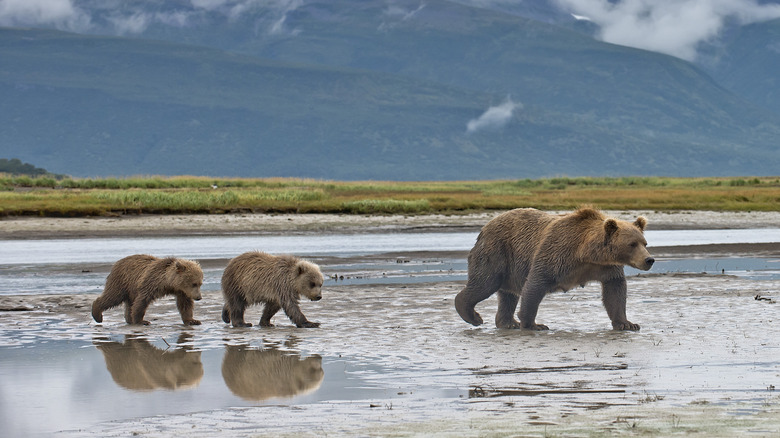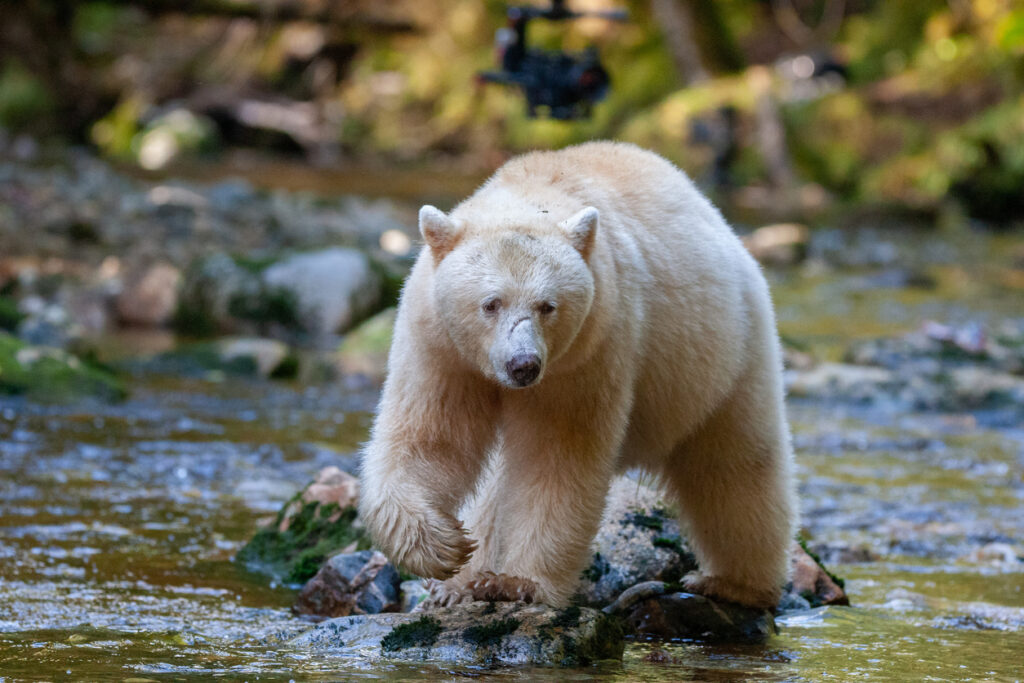Learn about the facts and how to stay safe with the different species of bear in British Columbia:
Black Bear:
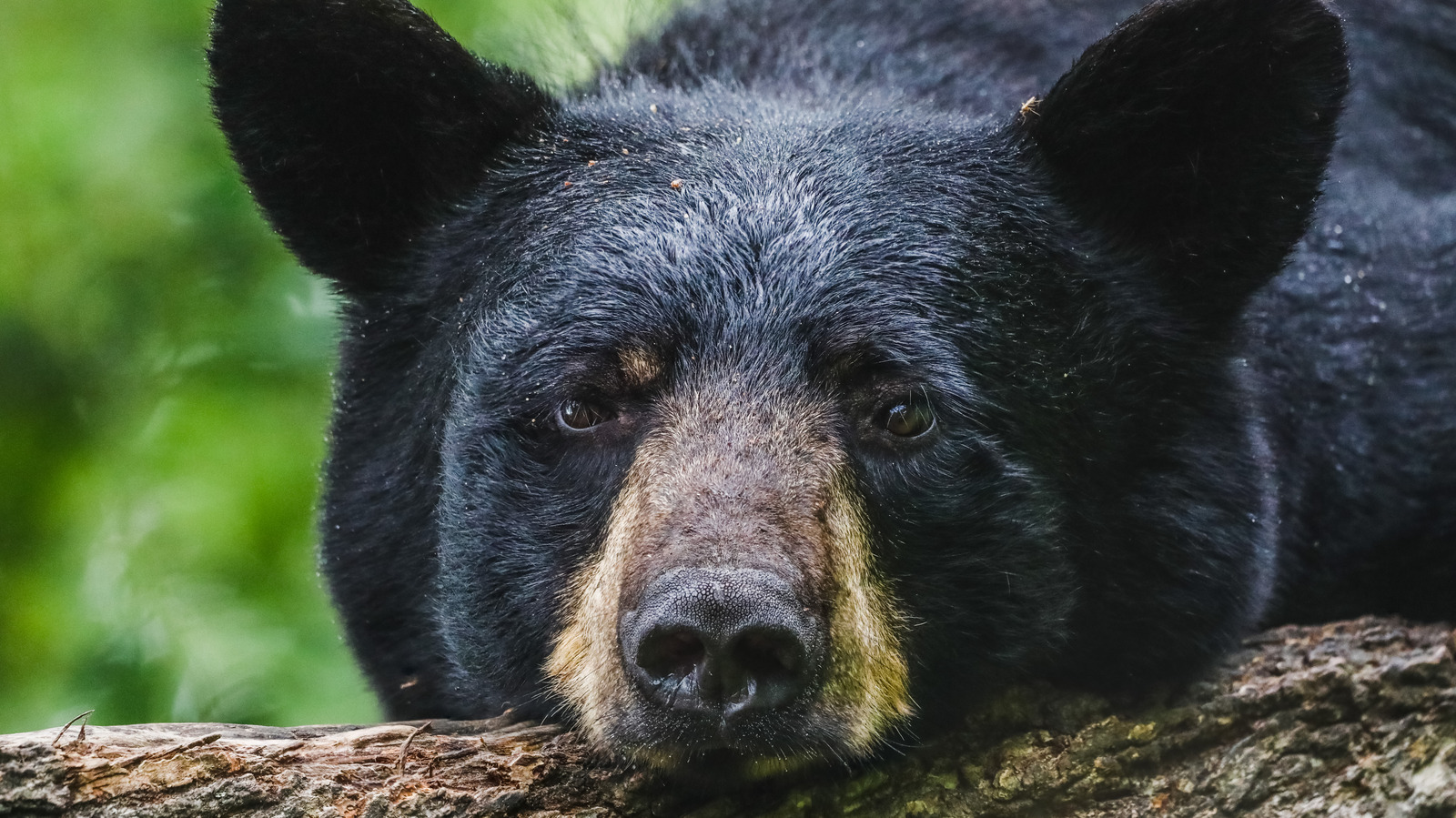
The black bear is the most common bear species in British Columbia, with a population estimated to be up to 150,000 bears in the province. Bears are most active from April to November, but this period largely depends on the environment and climate in which they live. Males are known to weigh up to 230kg, while females weigh up to 140kg; however, they are often found to be much smaller, as low as 40kg for females. The black there name usually suggests that they are black, but they are also found in other colours, for example, brown. Black bears are omnivores (eat both meat and vegetation), but the majority of their diet consists of vegetation supplemented by fish and insects. They are known to eat much larger animals, but as their diet is mainly plant-based, it is doubtful.
How to stay safe:
Due to the black bear diet, they are not interested in killing and eating humans, but this does not mean there is no chance that they will attack us. Although the black bear is one of the friendlier bears in the province, if you come between a black bear and its cubs, there will be a different outcome. It is imperative that when hiking, you do not stand between a bear and its cubs. If you find yourself with only one black bear, look down and SLOWLY walk backwards. Most of the time, the black bear will continue with its day.
Grizzly Bear:
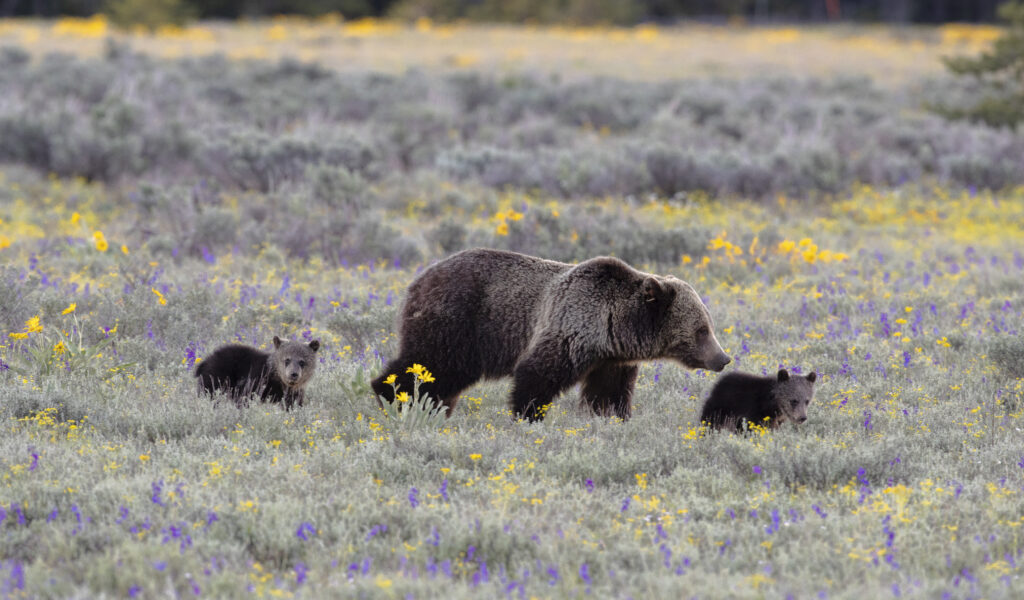
The grizzly bear is typically larger and heavier than the black bear. One of the key ways you can tell them apart is by the hump or bump at their shoulders, as black bears do not have that. Their population is much smaller than that of the black bears, as reports indicate there are only 15,000 grizzlies in BC. Like the black bear, grizzlies are also omnivorous and primarily eat vegetation but are more likely to consume larger prey.
How to stay safe:
Though they do hunt for larger prey, they are generally not interested in humans. Due to their aggressive nature when encountering a grizzly bear while hiking, it is essential to lie down with a hand over your neck, as walking away from a grizzly will only exacerbate the situation. The bear will think you are dead and leave you alone.
Kermode Bear:
Although not as well known in BC, the Kermode bear is found in a small population of about 100-500. Adult males can reach up to weights of up to 225kg. Their colour is exciting, as unlike the grizzly and the black bear, they have a more cream-coloured fur, or sometimes even closer to white. This is due to a recessive genetic mutation, but it is not albinism.
How to stay safe:
When you encounter a Kermode bear, various sources offer different information, but it is essential to observe the bear’s behaviour. Like the black bear, when encountering one, slowly back away and try to avoid eye contact. However, if you see it becoming aggressive, lie down, cover your neck, and play dead. Again, they are not interested in eating you; their only interest is safety, so if they have to do this by hurting you, they will. Not albinism.
Bear Spray:
Bear spray is an effective way to deter bears when they become aggressive. You can buy some from most camping stores. For example, Canadian tires usually have a bear spray.
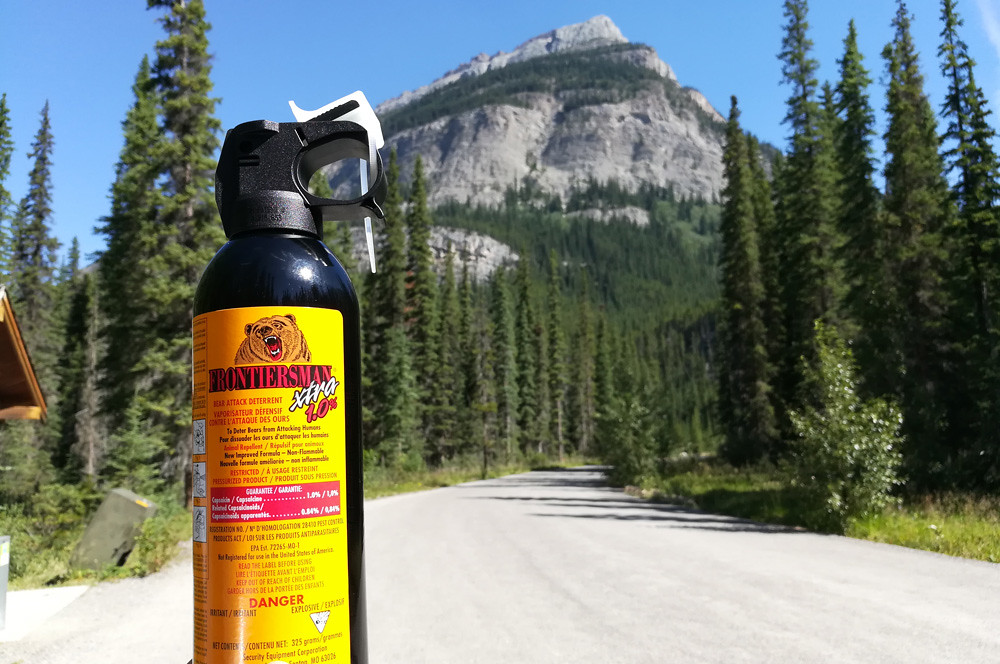
Camping:
When camping, the most important tip is to keep any food, including toothpaste, as far away from the tent as possible. Hang food up into trees and make lots of noise to alert bears that you are there. You can purchase bear-resistant containers for your food.
![]()
